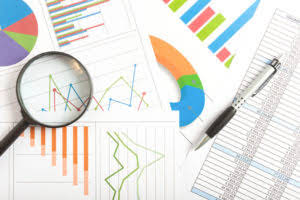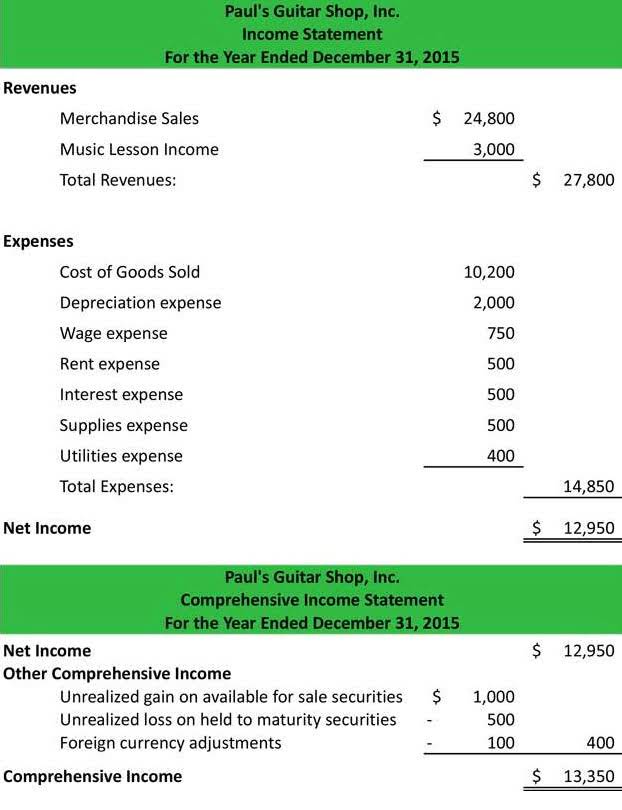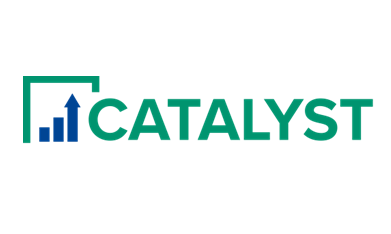
If necessary, you may include additional categories that are relevant to your business. The balances in liability accounts are nearly always credit balances and will be reported on the balance sheet as either current liabilities or noncurrent (or long-term) liabilities. Properly managing a company’s liabilities is vital for maintaining solvency and avoiding financial crises. In conclusion, the management of liabilities is crucial for maintaining financial stability and favorable cash flows. As liabilities impact both the balance sheet and cash flow statement, businesses must carefully consider their decisions regarding debt, tax management, and other obligations.
- Expenses are what your organization regularly pays to fund operations.
- Review liability balances on a regular basis to ensure they are accurate and up to date.
- In conclusion, liabilities play a crucial role in business operations, as they represent the financial obligations a company has to its employees, suppliers, lenders, and other stakeholders.
- Examples of liabilities include bank loans, IOUs, promissory notes, salaries of employees, and taxes.
- The settlement of liability is expected to result in an outflow of funds from the business.
Expenses
The chart of accounts liability accounts list clearly separates your earnings, expenditures, assets, and liabilities to give an accurate overview of your business’s financial performance. Accounts payable liability is probably the liability with which you’re most familiar. For smaller businesses, accounts payable may be the only liability displayed on the balance sheet. There are also cases where there is a possibility that a business may have a liability.
How are liabilities related to assets and equity?

You should record a contingent liability if it is probable that a loss will occur, and you can reasonably estimate the amount of the https://www.instagram.com/bookstime_inc loss. If a contingent liability is only possible, or if the amount cannot be estimated, then it is (at most) only noted in the disclosures that accompany the financial statements. Examples of contingent liabilities are the outcome of a lawsuit, a government investigation, or the threat of expropriation. Simply put, liabilities are any current debts that your business owes. And this can be to other businesses, vendors, employees, organizations or government agencies.
Contingent Liabilities
Liabilities aren’t necessarily bad, as they provide businesses with growth opportunities through short-term loans or long-term loans. On the balance sheet, a decrease in liability accounts is recorded on the credit side, while an increase is recorded on the debit side. Long term liabilities have a longer time period before needing to be paid. Liabilities examples include pension benefits owed to retired workers and lease obligations. Keeping an updated COA on hand will provide a good overview of your business’s financial health in a sharable format you can send to potential investors and shareholders. A chart of accounts gives you a clear picture of how much money you owe in terms of short- and long-term debts.

Types of Liability Accounts – Examples

This can help you visualize how your chart of accounts translates into formal financial reporting. However, an expense can create a liability if the expense is not immediately paid. For instance, when you receive a utility bill, you must record the utility expense. You also must record a utility liability for the amount you owe until you actually pay it. But not all liabilities are expenses—liabilities like bank loans and mortgages can finance asset purchases, which are not business expenses. Liabilities in accounting are any debts your company owes to someone else, including small business loans, unpaid bills, and mortgage payments.
A liability account, in the field of accounting, refers to a category of financial accounts https://www.bookstime.com/ that record debts or obligations owed by a company or individual to external parties. These accounts capture the financial obligations that the entity is liable for and must fulfill in the future. Examples of liability accounts include loans payable, accounts payable, accrued expenses, and taxes payable.
He has a CPA license in the Philippines and a BS in Accountancy graduate at Silliman University. Liabilities exist because there are obligations between two parties. In this case, your business has an obligation to do something for or to give something to another person or entity. For example, businesses have the obligation to pay their employees just compensation. Hence, businesses are liable to pay salaries and wages to their employees after the employees have performed their duties. Liabilities are the commitments or debts that a company will eventually have to pay, whether in cash or commodities.
Measurement of Liabilities
One of the simplest ways to think about liabilities is that they’re a kind of third-party funding. You would use this funding to purchase business assets and fund other areas of your operations. But, it’s important to understand that liabilities must get paid. Understanding what liabilities are in accounting, as well as the most common examples of each type, can help you track and identify them in your balance sheet. The total liabilities of a company are determined by adding up current and non-current liabilities. In accordance with GAAP, liabilities are typically measured at their fair value or amortized cost, depending on the specific financial instrument.

You may also wish to break down your business’ COA according to product line, company division, or business function, depending on your unique needs. Non-current liabilities can also be referred to as long-term liabilities. They’re any debts or obligations that your business has incurred that are due in over a year. Businesses will take on long-term debt to acquire new capital to purchase capital assets or invest in new capital projects. Basically, these are any debts or obligations you have that need to get paid within a year. It’s important to keep a close eye on your current liabilities to help make sure that you have enough liquidity from your current assets.
